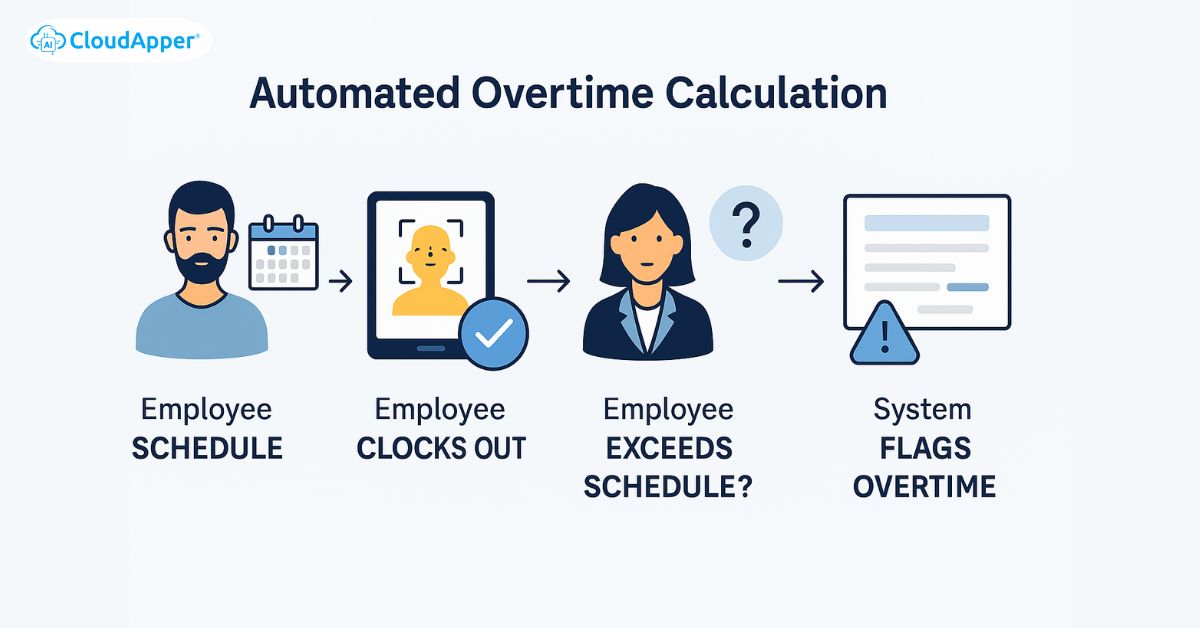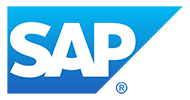Manually calculating overtime was a recurring headache for one manufacturing team dealing with rotating schedules and growing payroll errors. By implementing CloudApper hrPad, they automated time tracking, validated overtime with attestation, and integrated cleanly with payroll—cutting admin time and boosting employee trust. This is how they turned a chaotic process into a streamlined system.
“We were spending more time calculating overtime than managing the workforce itself,” said Daniel, a shift manager at a mid-sized manufacturing plant in the Midwest. “Every month, the same routine: chasing spreadsheets, double-checking hours, and hoping we didn’t miss someone’s overtime.”
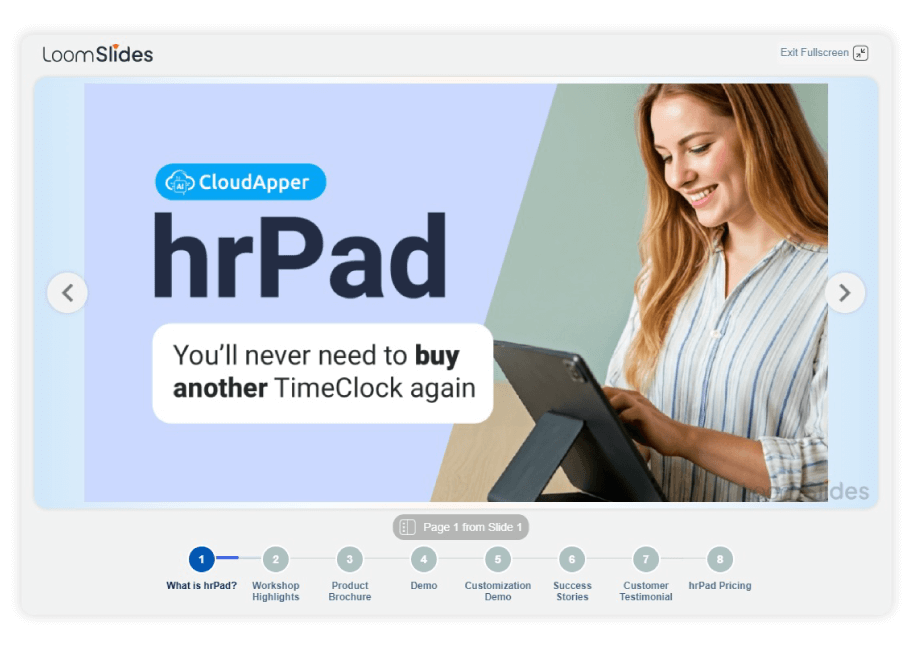
For more information on CloudApper hrPad visit our page here.
Overtime is a standard feature in manufacturing. Surges in production, equipment breakdowns, and last-minute staffing changes often require employees to work beyond their regular schedules. But in Daniel’s case, there were no fixed schedules. Shifts rotated monthly, and expectations changed depending on operational demand. As a result, calculating overtime became a time-consuming, manual process that was draining resources and leaving room for error.
Every month, Daniel’s team would build new schedules, track actual hours worked, and try to reconcile those with expected hours. Employees were asked to select time codes like “Regular,” “Overtime,” or “Weekend Shift” from dropdown menus when submitting their hours. But this system lacked consistency. There were frequent misclassifications, payroll disputes, and delays in processing. Calculating overtime became a recurring burden for HR, managers, and payroll—one that created compliance risks and affected employee trust.
The company needed a solution that didn’t depend on manual calculations and guesswork. It needed something smart, flexible, and built for the way manufacturing really works.
That solution came in the form of CloudApper hrPad.
CloudApper hrPad is a tablet-based time tracking platform designed for frontline workforces in industries like manufacturing. It offered an immediate way to modernize how Daniel’s team captured time, tracked attendance, and—most importantly—calculated overtime.
Implementation began with installing hrPad on tablets throughout the facility. Employees started clocking in and out using facial recognition, eliminating issues like buddy punching. But the most valuable transformation came with how overtime was handled.
First, the system was configured to use monthly hour targets, based on each employee’s planned schedule. When employees exceeded those hours, hrPad automatically flagged the time as overtime, removing the need for manual review or math.
Second, employees were prompted during clock-out to answer attestation questions such as, “Did you work approved overtime today?” or “Was your shift extended due to production delays?” This ensured that every extra hour was not only tracked but validated.
Third, while employees still had access to time code dropdowns for unique cases like weekend or holiday work, the options were now restricted by logic rules that reduced human error. Any irregular entry was flagged for manager review, adding a layer of protection against mistakes.
By month’s end, Daniel’s team no longer needed to reconcile spreadsheets or debate time classifications. All time data regular and overtime was automatically calculated, categorized, and ready for payroll with minimal review.
The results were significant. Manual overtime calculations were eliminated. Payroll disputes dropped dramatically. Reports were cleaner, faster, and more accurate. HR regained time to focus on strategic tasks instead of chasing down corrections. Employees, too, gained confidence in the system. They could see their logged hours, understand their overtime, and trust that they were being paid fairly and on time.
“We no longer calculate overtime manually. Period,” Daniel said. “hrPad does the work, and we just review it. That’s the dream.”
Overtime will always be a part of manufacturing. But calculating it by hand doesn’t have to be. CloudApper hrPad turned a broken process into a reliable system—one that gave Daniel’s team back their time and ensured operational efficiency in one of the most demanding industries.
If your team is still struggling with manual time tracking and inconsistent overtime calculations, it may be time to consider a solution like hrPad. Because when the work never stops, your systems shouldn’t either.
What is CloudApper AI Platform?
CloudApper AI is an advanced platform that enables organizations to integrate AI into their existing enterprise systems effortlessly, without the need for technical expertise, costly development, or upgrading the underlying infrastructure. By transforming legacy systems into AI-capable solutions, CloudApper allows companies to harness the power of Generative AI quickly and efficiently. This approach has been successfully implemented with leading systems like UKG, Workday, Oracle, Paradox, Amazon AWS Bedrock and can be applied across various industries, helping businesses enhance productivity, automate processes, and gain deeper insights without the usual complexities. With CloudApper AI, you can start experiencing the transformative benefits of AI today. Learn More
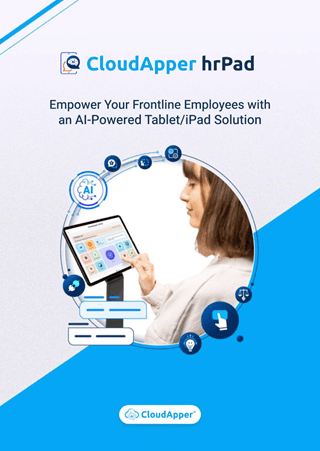
Brochure
CloudApper hrPad
Empower Frontline Employees with an AI-Powered Tablet/iPad Solution
Download Brochure
CloudApper AI Solutions for HR
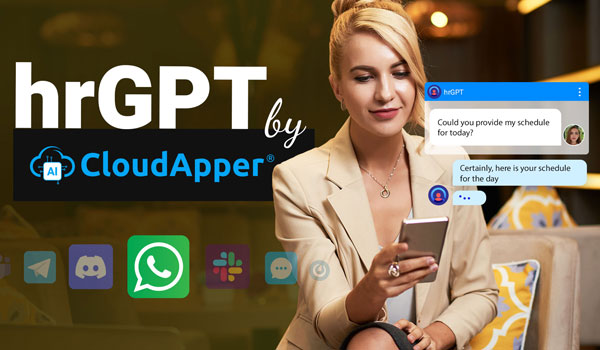
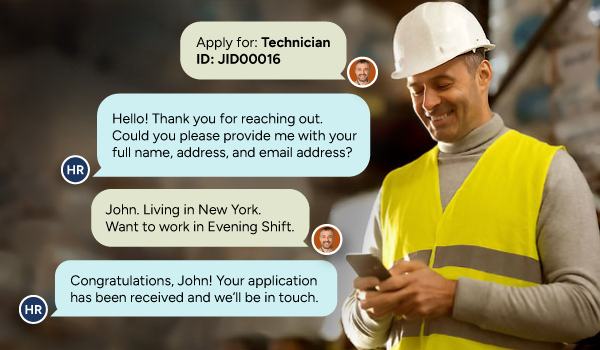
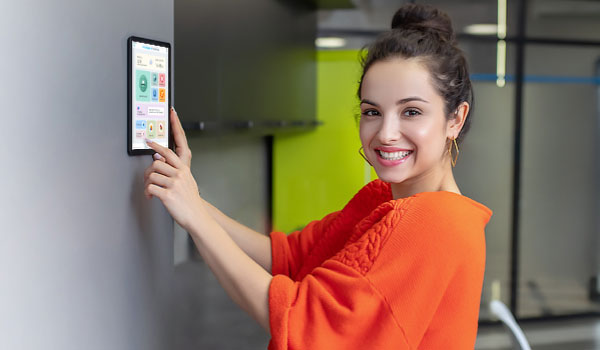
- Works with
- and more.
Similar Posts
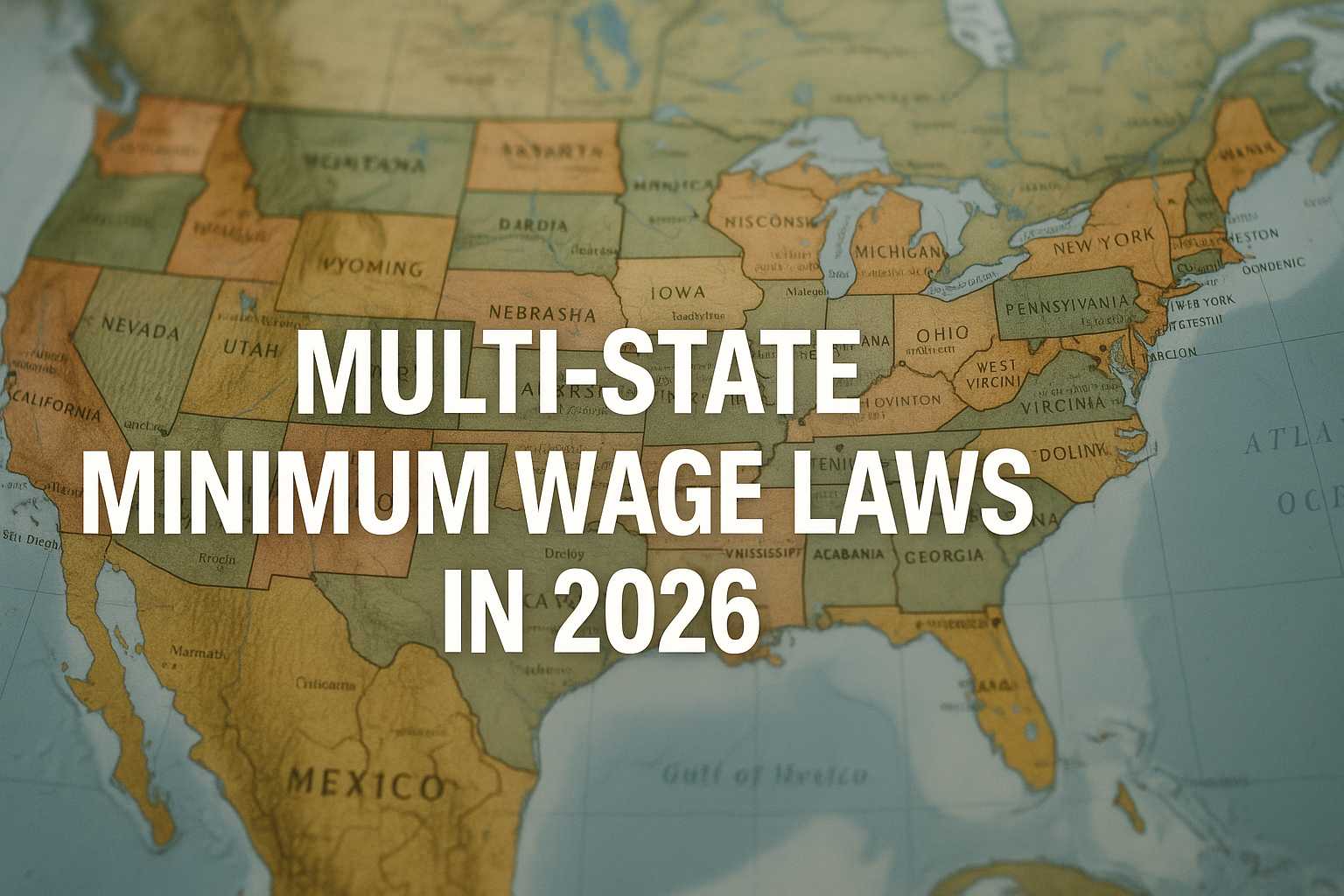
Managing Complex Multi-State Minimum Wage Laws in 2026 with CloudApper…
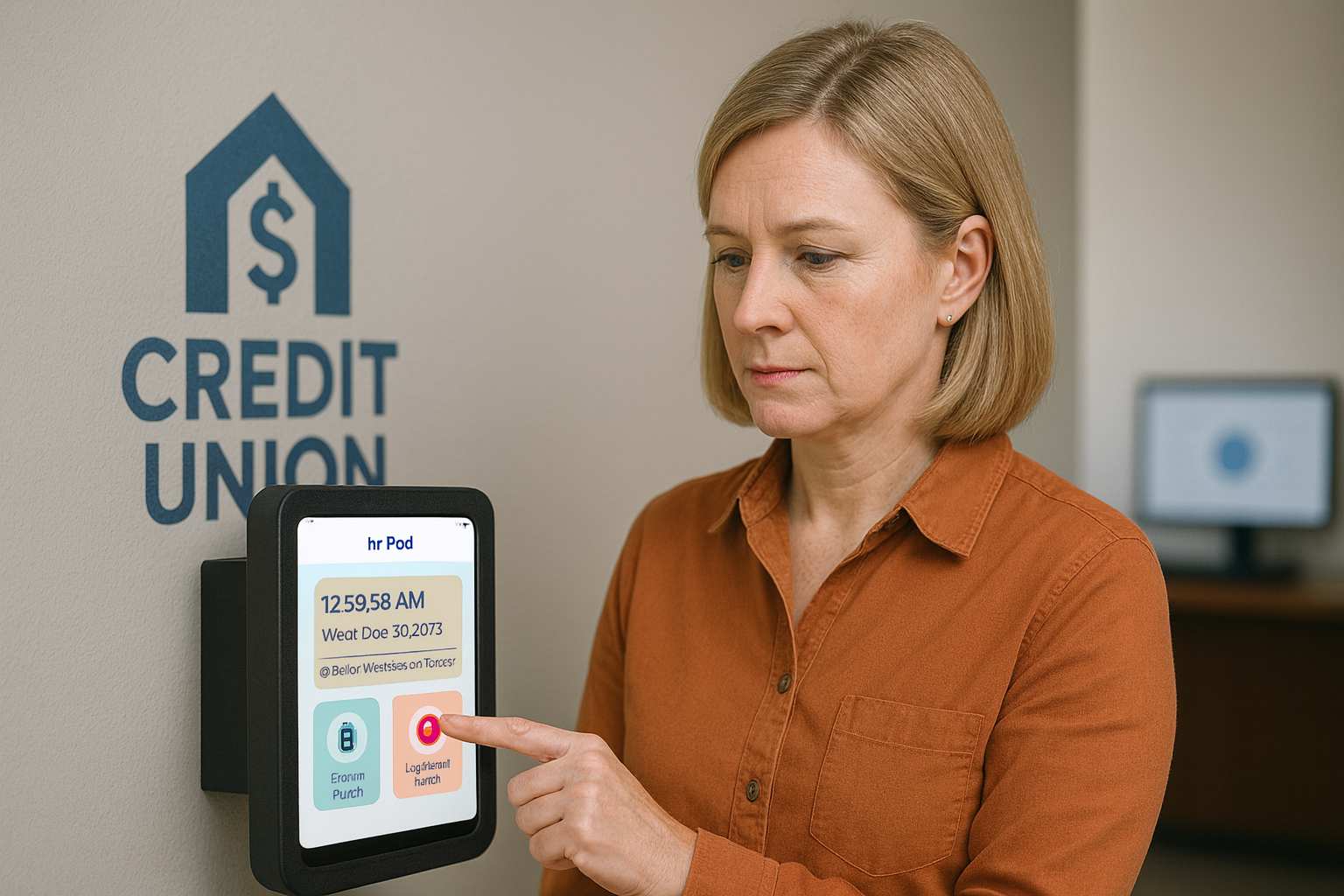
How One Credit Union Solved HR Fragmentation During a Major…


